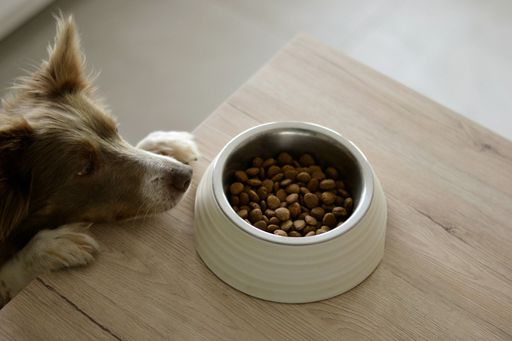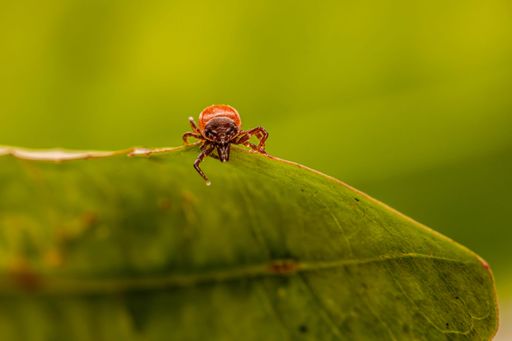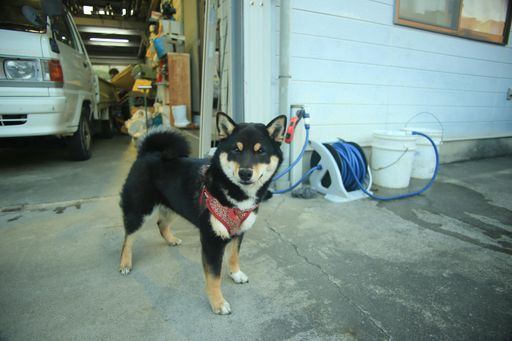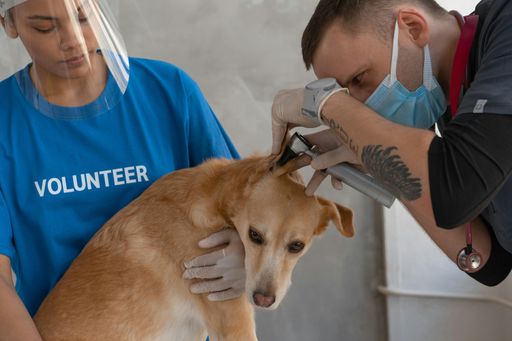As temperatures drop and rain and snow start to fall, winter’s threats pose some unusual and sometimes serious problems for our pets. Naturally, we want to keep them safe, warm and dry during these colder months, but there are some odd, often overlooked threats to our pets that can be suffered during these chilly winter months.

Looking Out For Number One - Their Paws
For our number one choice, paw protection may first come to mind. Protecting these sensitive pads from ice and snow can be challenging, but solutions like petroleum jelly and other paw protectors can offer some protection.
Bigger dogs who are built and bred for snow, like huskies, may seem accustomed to this type of winter wear and potential damage. But smaller breeds, like some terriers, will amass a large accumulation of hair and fur on their feet to help protect them from winter threats. Unfortunately, this also creates a better place for these irritants to build up and become an issue if left untreated. After every one of your outdoor adventures, be sure to wash, dry and care for their feet.
Be extra vigilant about checking places in between these soft surfaces for signs of buildup of debris, rocks, mud, dirt, or little frozen chunks of ice or snow that’s often left behind from an outdoor activities. Left unchecked, these could be very problematic if not dealt with immediately. Carefully wash and dry these sensitive areas after coming in from the great outdoors.

Be On The Lookout For Number Two - Dehydration
Sometimes, this drying condition only seems like a dangerous dilemma during summer months, but in the wintertime, many outdoor dogs are in danger of becoming dehydrated. Although it seems odd, many dogs who reside outdoors can have their water dishes frozen solid as the result of an overnight freeze. This block of ice can last for the better part of the day and in some colder climates, leave them without hydration for many hours.
If you have a pet that spends at least some of the time outdoors, be sure to regularly check their source of water. Don’t assume that just because you cleaned and filled it yesterday, that things will be okay today. According to experts, you should check, clean and refill these dishes daily (in all reality, they recommend cleaning their food receptacles after every meal and that includes their water supply).
Number Three - Indoor/Outdoor
Just like us, animals going from inside our comfortable, warm settings experience difficulties when we’re traversing to the blistering cold, wet, windy and/or snowy environments found outdoors during this transition. Whether it’s dry skin, difficulty breathing from dry air to wet, or just the shock to our systems, it’s still something that can cause concern, exacerbate health problems and illness, and it should be monitored.
Even when they’re kept indoors, seemingly safe and warm, they could also suffer from heat stroke even in the most comfortable of conditions. The internal temperature of a canine runs much higher than that of a human and we should make sure they’re not becoming overheated when we seem adequately heated. Check for signs of dehydration or heat stroke from these list of symptoms found with the AKC Canine Health Foundation.
Looking after our beloved four-legged friends means more than just feeding them and making sure they’re comfortable; we should also alter our attention to their needs and make sure they’re happy and healthy, “weather” or not it’s cold or warm - both inside and out.
If there’s any cause for alarm or you find something that seems out of sorts, as always, please seek immediate medical attention. It’s always better to be safe than sorry when it comes to the lives, health and welfare of our beloved, companion animals.


















